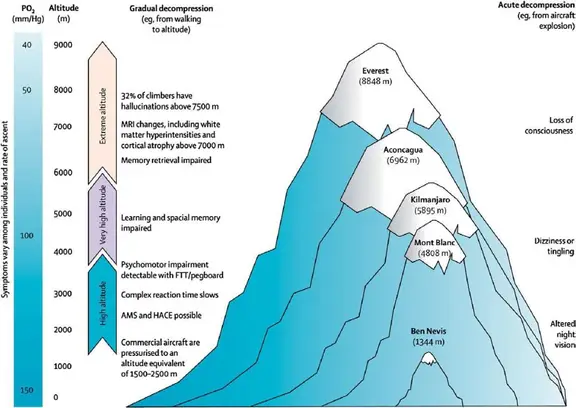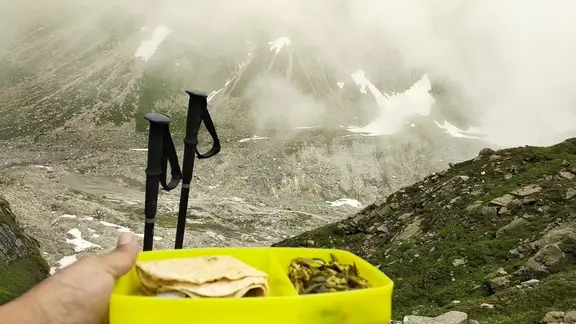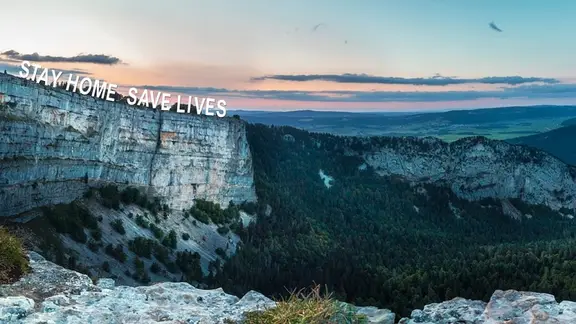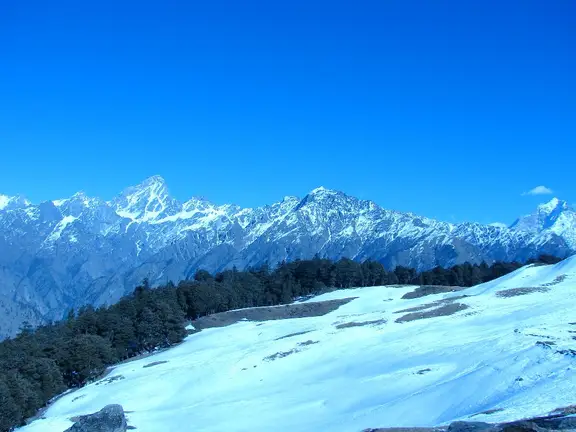Why Kids Under Seven Are Not Allowed To Trek?
It is a big deal for parents when kids go trekking with them, so here is some information on trekking for kids.
Children often find activities such as trekking fascinating and adventurous. These memories turn into precious life lessons, which are also necessary as these experiences teach them how to adapt to various situations in life. Trekking is apt for any energetic kid who is above the age of seven. Children below the age of seven should not be allowed to trek as they may face issues, which may be hard to deal with.
Altitude illness, acute mountain sickness, exposure to cold, accidents, diarrhea, and sleep disturbance are some issues that kids face. This makes it inappropriate for them to trek, as they cannot deal with such issues. Adults easily adapt to this (who also fail to do so at times), but this could be fatal for kids. It is always a challenge for the parents when kids accompany them on a trek. Hence, parents are always concerned and have several queries due to inexperience. Trekking with kids for the first time brings with it too many doubts and worries. Parents must always be prepared to act if their child faces issues while trekking, so here is a useful guide for new parent trekkers.
Altitude Changes Induced Inside The Body
A human body can perform the best at sea level. However, the saturation of oxyhemoglobin starts decreasing at a rapid pace when it reaches 7000 feet above it. Oxyhemoglobin is the oxygen-carrying form of hemoglobin, which is responsible for transporting oxygen effectively.
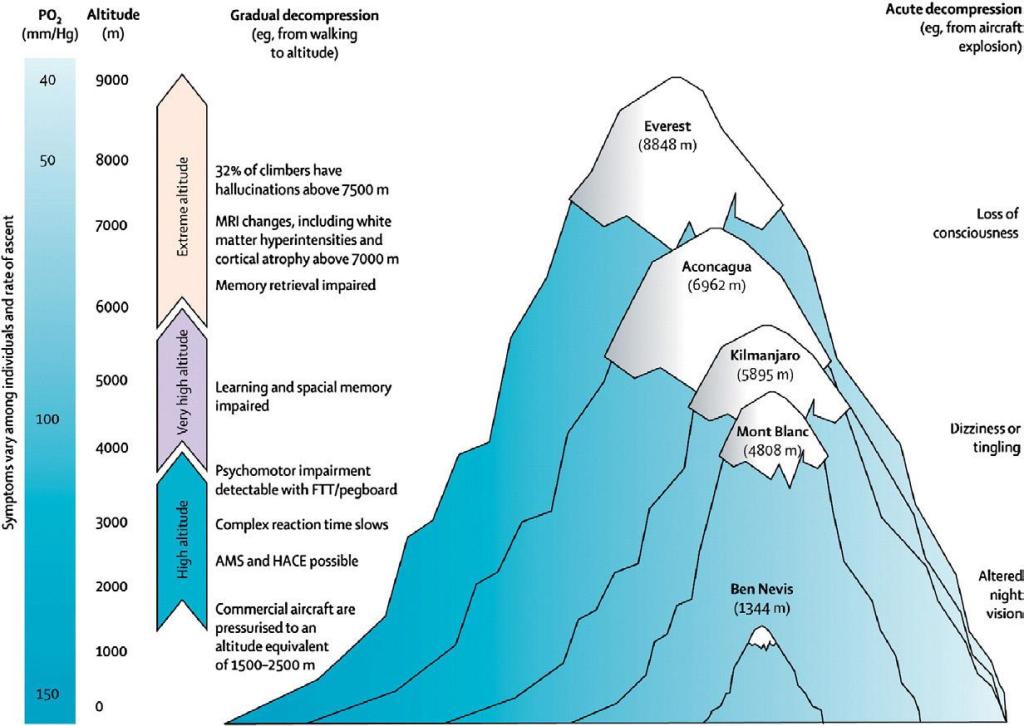 pic source
pic source
Kids may experience hypoxia at a higher altitude, which makes their body temperature fall, as there is a shortage of oxygen supply and makes the blood pressure increase. As the altitude increases, there is less oxygen in the body, which leads to the incapability of exercising.
Headache, nausea, and disturbed sleep are some of the conditions experienced when exposed to higher altitudes. Nonetheless, not everyone reacts the same way to altitude exposure. On the one hand, there are children who experience acute altitude sickness, whereas, on the other hand, some find it very easy to adjust.
Exposure to cold climate is obvious as the altitude increases. Hence, children must carry warm clothes to feel comfortable in such cold conditions. Carrying nasal sprays and masks make it easier to deal with blocked noses.
Trekking in the Himalayas requires walking, and children may find it exhausting. Their inability to cover long distances by walking may spoil the fun as well. Hence, kids must be used to a little walking before going for treks. Porter services are available in most of the Himalayan trails, which helps when the child is too tired to walk. Weather conditions keep changing while trekking, which causes a little inconvenience to the children. From correct shoes to warm clothes to rain suits, they should be ready to face different weather conditions.
Effect On The Health Of Kids
Trekking may have some harmful effects on the health of children below a certain age. However, this lovely experience may turn into a bummer because of carelessness. Parents must be extra careful and carry enough food and water for children. You cannot avoid mountain sickness; one can never say who will get it and who will not.
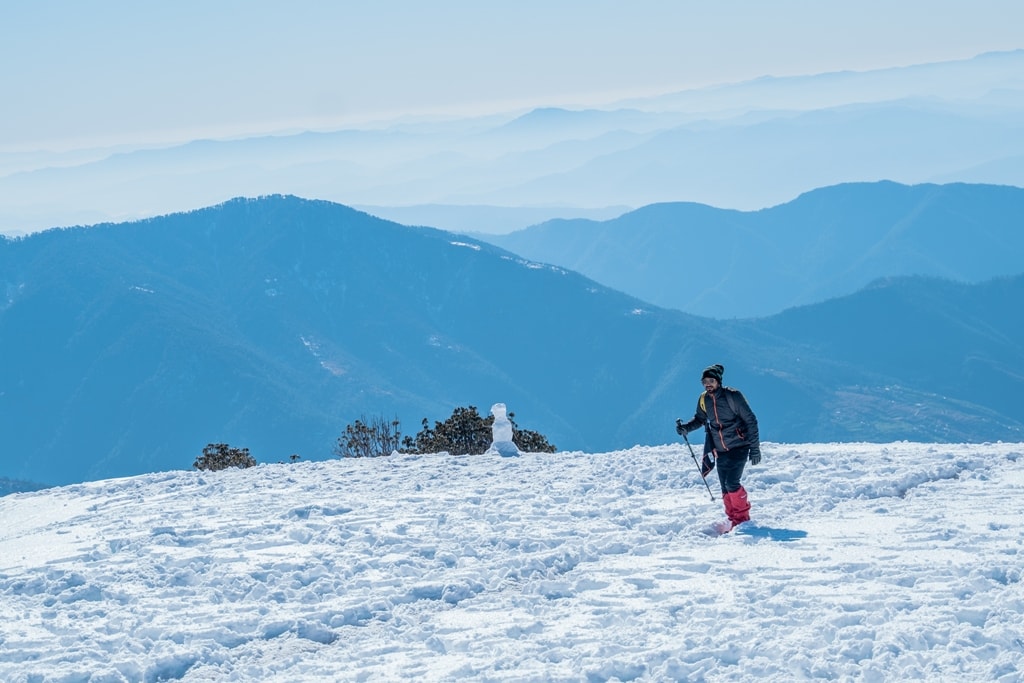
Mountain sickness causes symptoms such as loss of appetite, headache, and trouble sleeping. Acute mountain sickness can be hard to spot in children. Parents must focus on changes in their behavior and be prepared to act. An effective dose of Acetazolamide or Diamox prevents/treats AMS in children.
When a child experiences altitude sickness, it is important to pause for a while, and wait for the condition to be better. Traveling from a lower altitude to a higher altitude quickly gives rise to this condition, and trekking is not advisable for kids with Down’s syndrome. Children must be taken to hazard-free areas and are required to stay within sight of a responsible adult. Children below the age of seven are not that physically fit to go on treks. Putting aside physical fitness, a child should also have enough tolerance and mental capacity for this. Hence, these are a few reasons why children below the age of seven should not trek.
Health Issues Due To Extreme Cold Conditions
Ears, nose, cheeks, fingers, and toes are most likely to be damaged on exposure to cold temperatures. Hypothermia may cause low body temperature as the body of a child loses heat faster than it can produce heat when compared to adults. Parents can avoid hypothermia by insulating the person’s body and wearing layers of warm clothes. The heart works harder to keep the body warm in extremely cold conditions, which increases the chances of developing heart problems. Hence, it is important to be very careful while trekking in the Himalayas.
Fatigue Issues In Long Treks
Trekking is one of life’s heavenly pleasures. However, children often experience fatigue issues in long treks. Long treks can be physically and mentally exhausting. In order to enjoy these long treks in the Himalayas, children must pause in between and relax their feet. Dehydration is another major issue, which makes it necessary to carry an adequate amount of water independent of the water resources around. Children also should carry a mini backpack with some essentials, which helps when they are tired. Mini destinations must be employed as children may start with loads of enthusiasm, but might be too tired to walk back.



